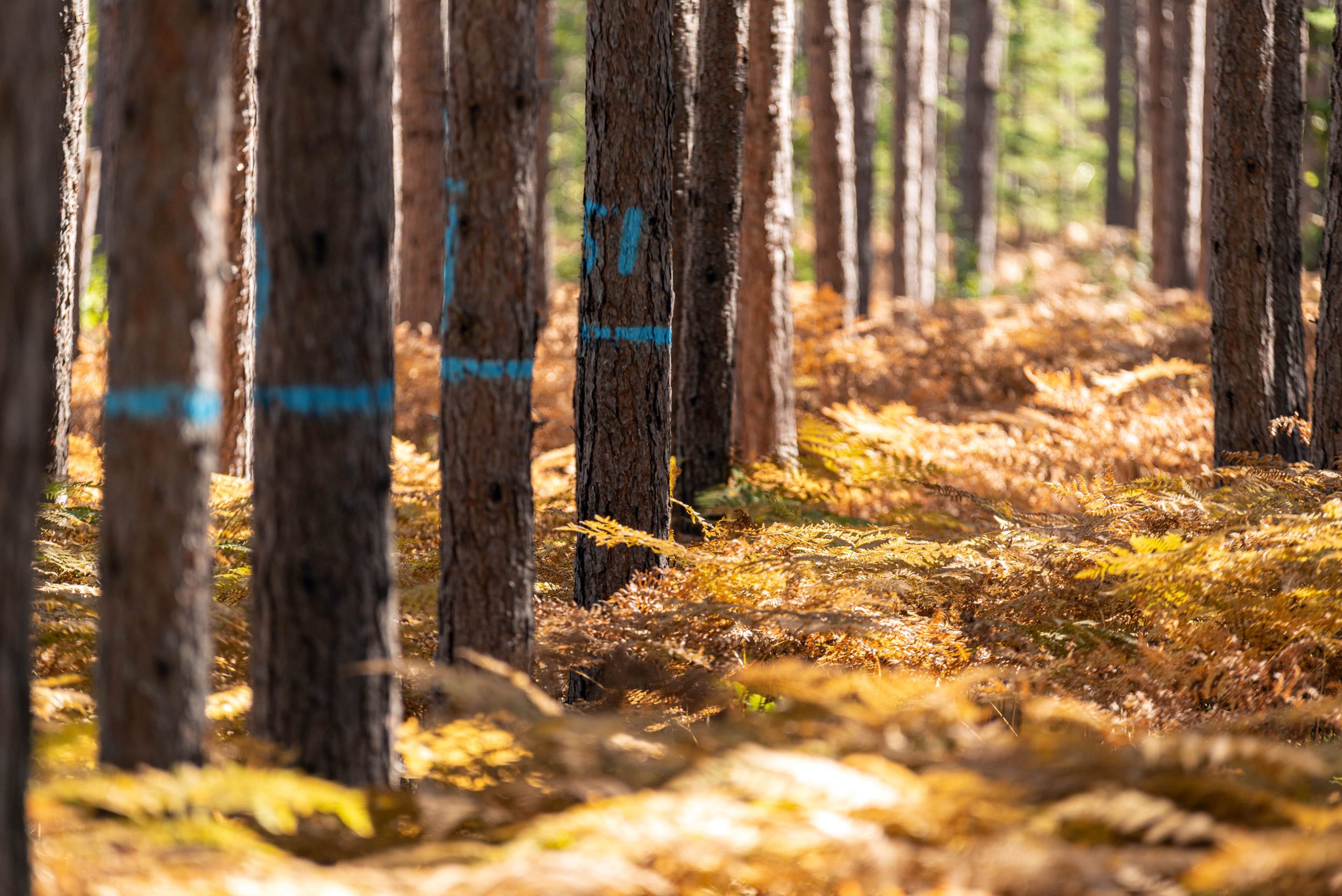Rod Cordingley, a specialist in valuation and asset management at Stephensons Rural, discusses the implications... Read more
Woodland Taxation – Why you need to have your woodlands managed?
The key word to bear in mind when considering tax legislation and tax reliefs for woodland owners is “commercial” as the word appears in;
Income tax legislation (ITTOIA 2005s 768),
Capital gains tax legislation (TCGA 1992s 250),
Inheritance tax legislation (IHTA 1984 s 105),
Woodlands may also obtain Agricultural Property Relief if they are occupied with agricultural land and pasture and their occupation is ancillary to that of the agricultural land or pasture (subject to meeting the 2 year or 7 year for tenanted land, ownership conditions).
However, it is always prudent to consider how one can demonstrate that the woodlands are commercial.
Key phrases are “income arising from commercial occupation”, managed by the occupier on a commercial basis” and “the occupation of commercial woodlands is accepted as a relevant business property”.
The definition of “commercial” within tax legislation is far from definitive however the income tax legislation states that the occupation of woodlands is commercial if the woodlands are managed on a commercial basis with the view to the realisation of profits.
Most tax inspectors are not familiar with woodlands as businesses, so you should ensure that you have good information to counter any claims of uncommercial occupation.
- Have it managed by a professional forester or experienced woodland manager and record your correspondence, meetings and decisions.
- Keep records of all work carried out in the woodlands (fence repairs, ride cutting, clearing fallen trees, etc) as diary records and pass these on to your woodland manager.
- Keep yearly accounts and have a separate bank account.
- Show expenditure incurred is appropriate for the business.
- Manage it in ways intended to produce a profit.
- Make sure shooting / deer stalking agreements are formalised to show that the woodland is not managed just for shooting and amenity.
- It is important when considering joining grant schemes (to plant or manage trees) that the scheme and any paperwork mention the production of a saleable product (timber, carbon and possibly natural capital) rather than just the amenity of the woodland.
- Have a management plan in place that shows an intent to produce saleable products, review it regularly and update it as required.
If HMRC take a close look at tax relief for your woodlands the concept of commerciality will be under scrutiny, so it is important to be able to demonstrate this.
Note – Energy crops (intensive culitivation of poplar, willow or other species) harvested at intervals of less than 10 years and Christmas trees are classed as farming for tax purposes.
Oliver Combe
Email: oliver.combe@stephenson.co.uk
Tel: 07771958975

Latest News
-
Don’t Panic Yet: Understanding The Inheritance Tax Changes on Farms and Estates
-
Accessing Grants for Livestock Handling Facilities and Agricultural Projects
Sarah Hogg, partner at StephensonsRural, explores how grants for livestock handling facilities and other agricultural... Read more

 Sales and Purchases
Sales and Purchases Property Auctions
Property Auctions






